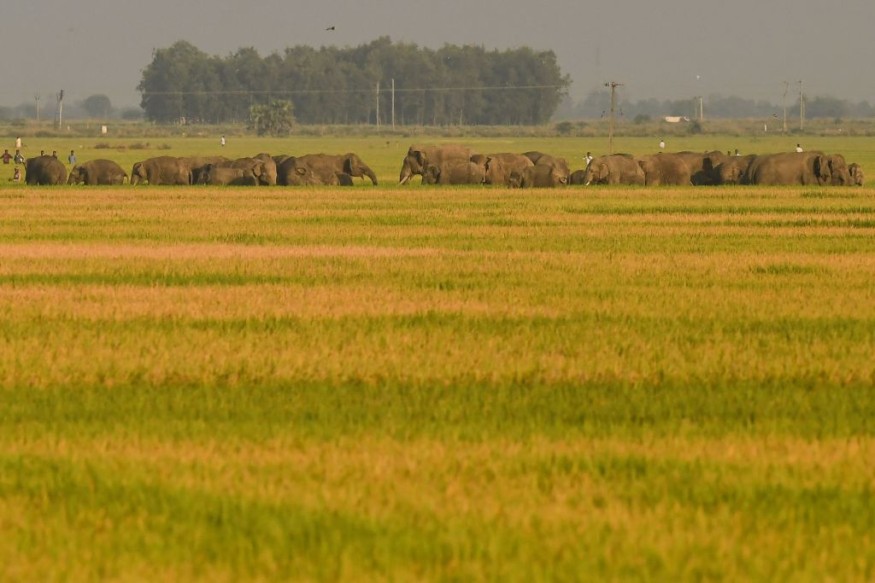India will experience heatwaves in multiple areas across the country in April, according to the Indian Meteorological Department (IMD).
Although heatwaves normally occur in India from March to June, their multi-hazard environmental repercussions are still natural hazards to monitor.
Heatwave Forecast

The IMD issued a full month of heatwave forecast for the month of April 2022.
Based on the forecast, the central, northern, and western parts of India will likely experience intense heatwaves this month, as per The Economic Times.
Based on the forecast, parts of Delhi, Haryana, Uttar Pradesh, Gujarat, Jharkhand, and Madhya Pradesh will experience heatwaves in the coming days.
Additional areas are also possible to be affected by extreme heat throughout the month.
Classified as an ongoing "heat wave spell" by local media reporting in India, extreme temperatures are mainly possible over west Rajasthan, the adjoining parts of Gujarat, and west Madhya Pradesh.
The previous heatwave between 2017 and 2021 during the month of April is not unusual, said The Economic Times. In March, Northwest India reaches temperatures of up to 30.73 degrees Celsius.
What is a Heatwave?
According to the National Oceanic and Atmospheric Administration (NOAA) - National Weather Service ( NWS), a heatwave is a short climatic period characterized by abnormal hot weather that lasts for more than two days.
The NOAA - NWS emphasized that a heatwave can transpire with or without high humidity and can cover a large area.
However, there is no fixed duration or coverage area during a heatwave. Since these phenomena can last indefinitely and occur with little or no warning.
Heatwave Fatalities
Also referred to as extreme heat or hot weather, heatwaves can pose a threat to most life forms and the environment.
Over recent decades, extreme heat has been a global climatic event with reports of fatalities and health hazards.
Extreme heat can be lethal if an individual is exposed to it for a prolonged period of time without protection. The most common effects of a heatwave on humans are dehydration, sunburn, and stroke.
Heatwaves are some of the most dangerous natural hazards, but they are often ignored or receive little attention since their immediate death toll and damage are not obvious.
Between 1998 and 2017, over 166,000 people have been killed due to heatwaves, according to the World Health Organization (WHO).
Among these fatalities, 70,000 people have died during the 2003 heatwave in Europe, says the WHO.
Animals, including both land and marine species, are also vulnerable to the deadly health risks of heatwaves.
In Canada, more than 1 billion marine animals were killed off the coast of Vancouver, British Columbia, after being cooked to death during a four-day heatwave in the Pacific Northwest in June 2021, according to an article posted in Scientific American.
Agricultural and Infrastructural Damage
Heatwaves are also notorious when it comes to damaging crops and causing a significant number of economic losses in the agriculture sector.
Furthermore, agricultural livestock is also affected by extreme temperatures.
In terms of infrastructural damage, hot weather also damages power lines causing power shortages or blackouts, as per the WHO.
Extreme heat also causes road damage and affects transportation.
© 2025 NatureWorldNews.com All rights reserved. Do not reproduce without permission.





